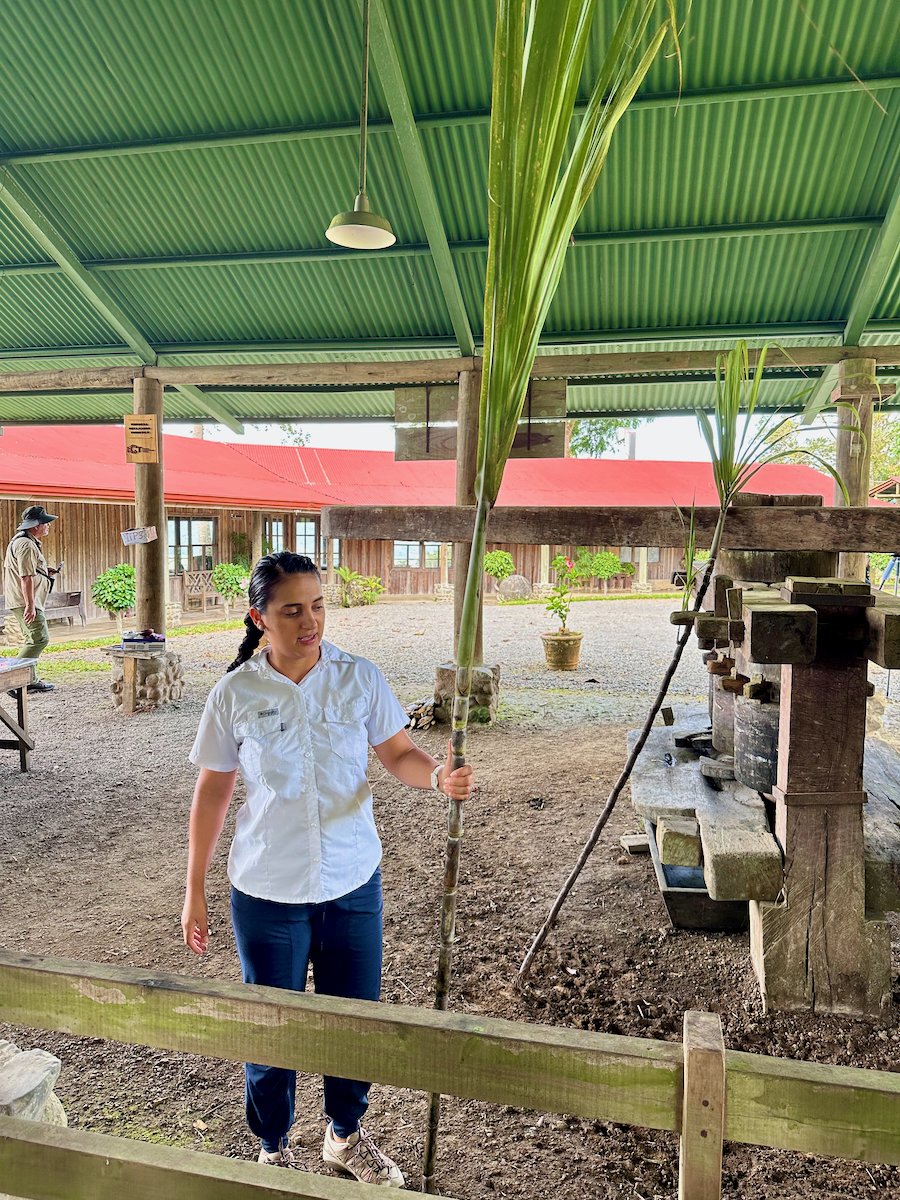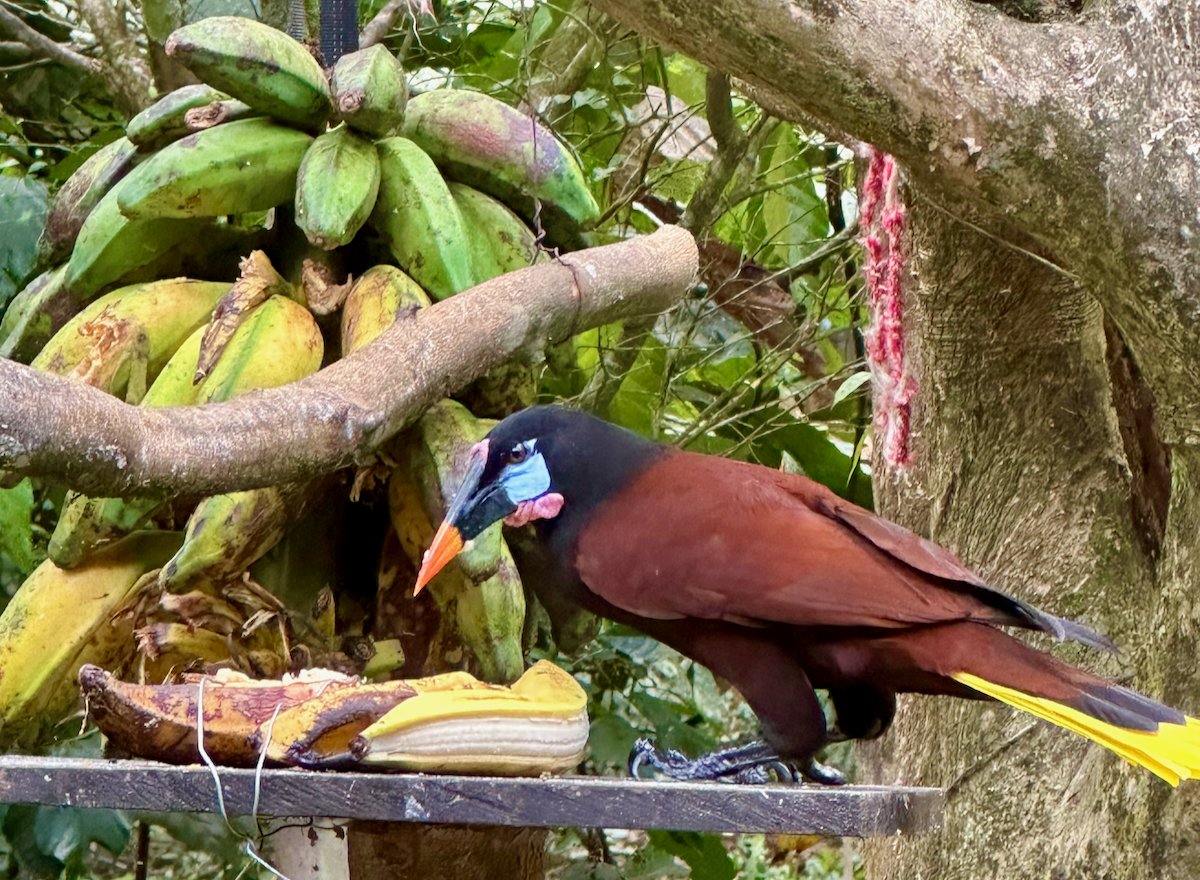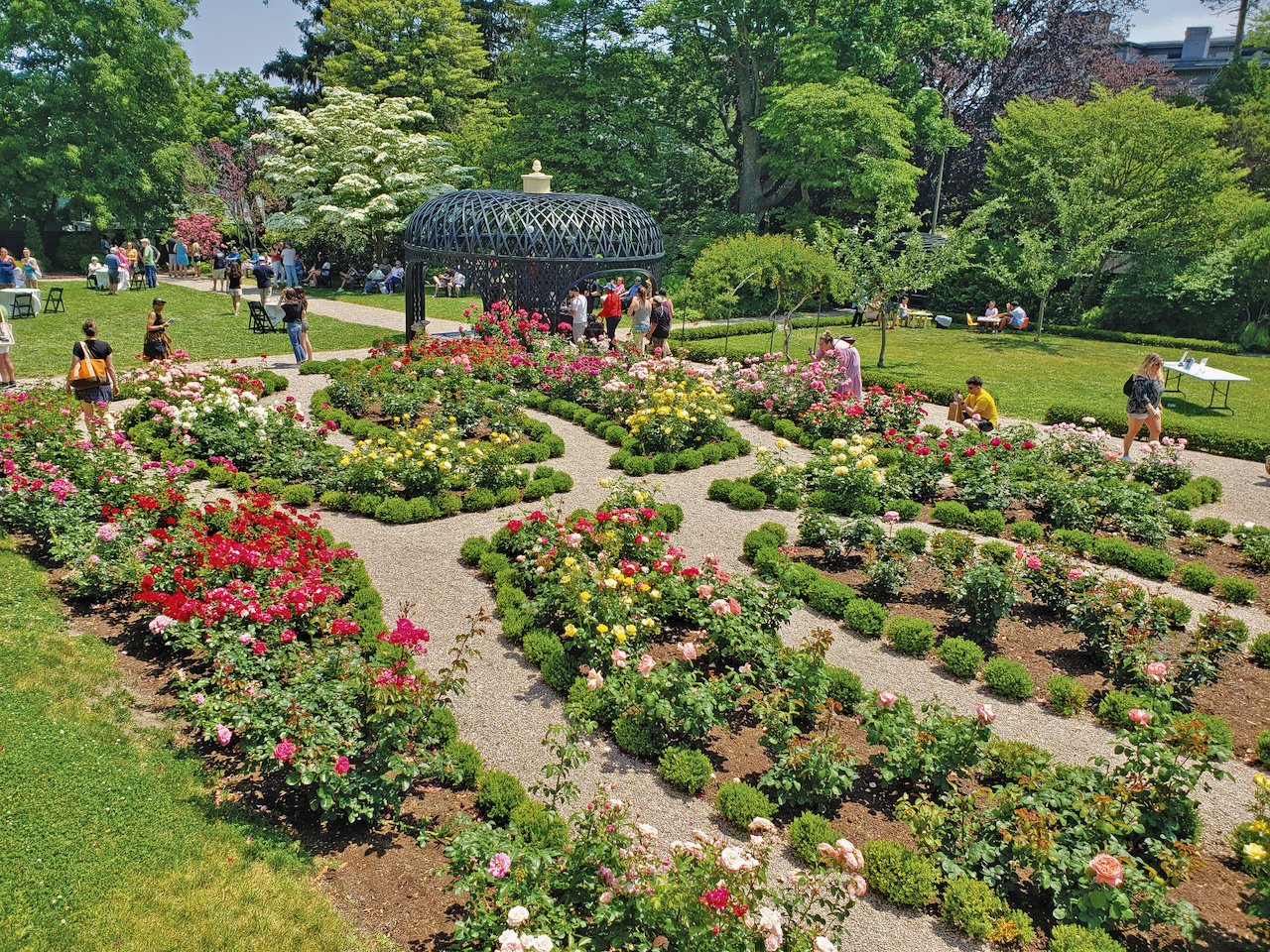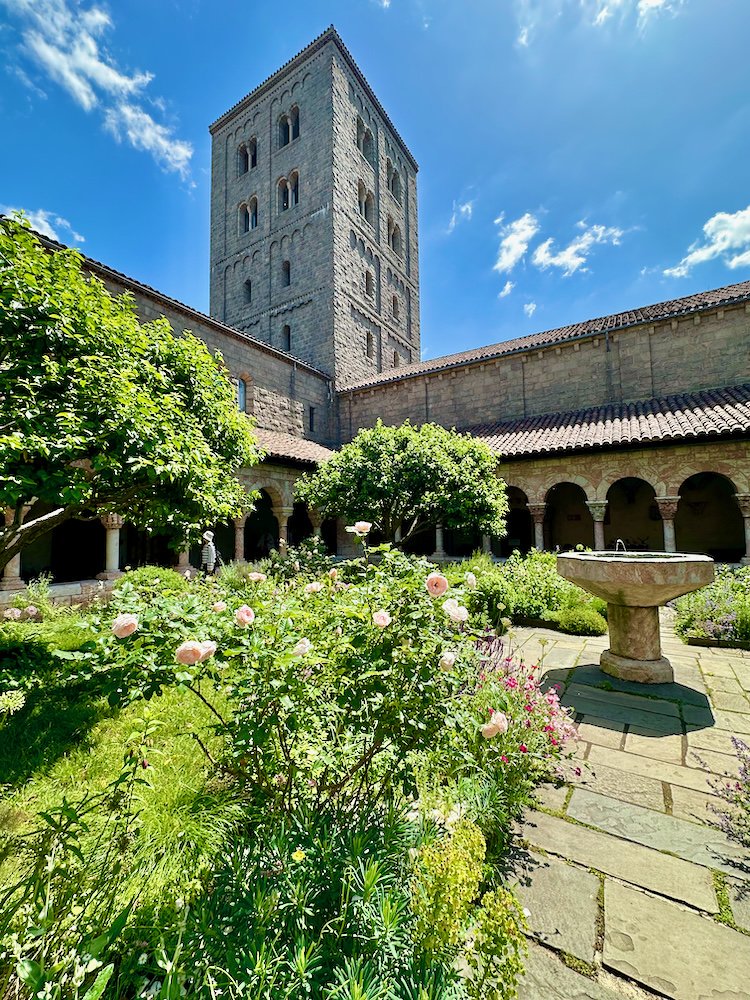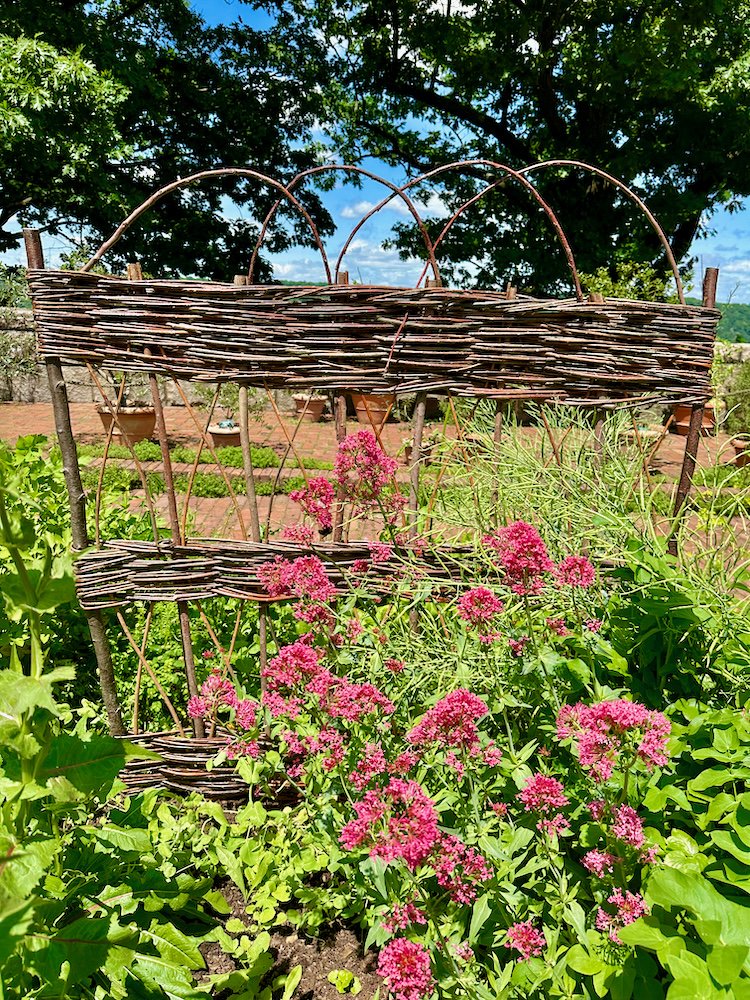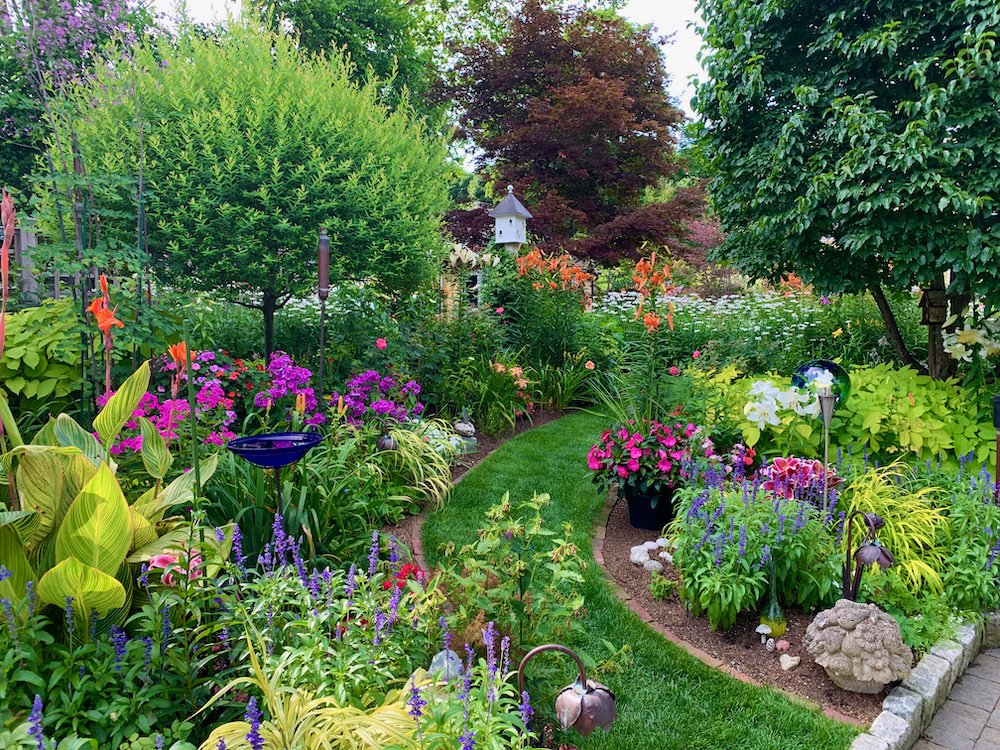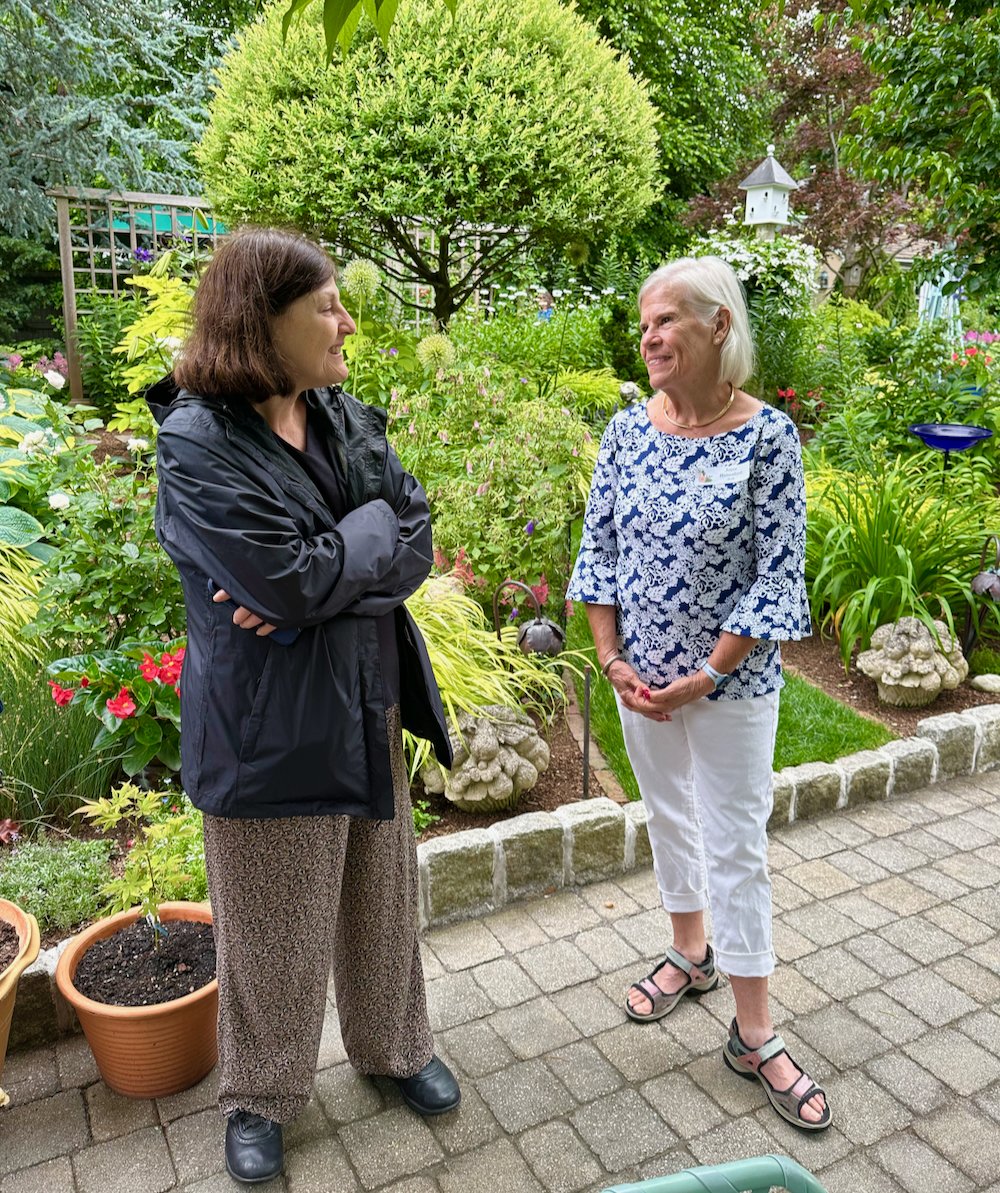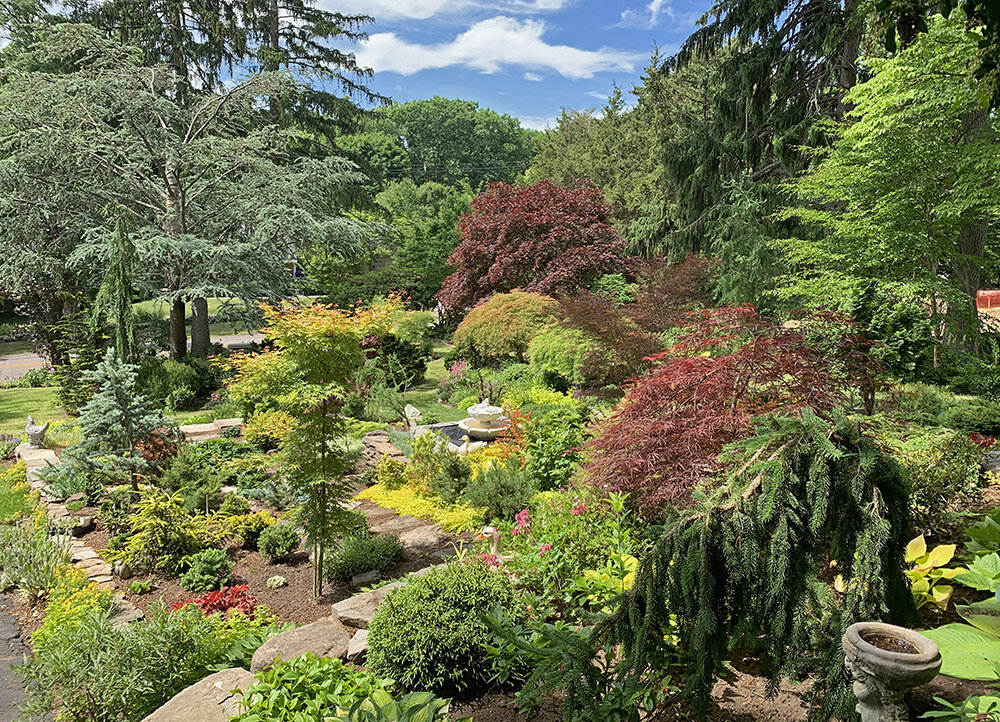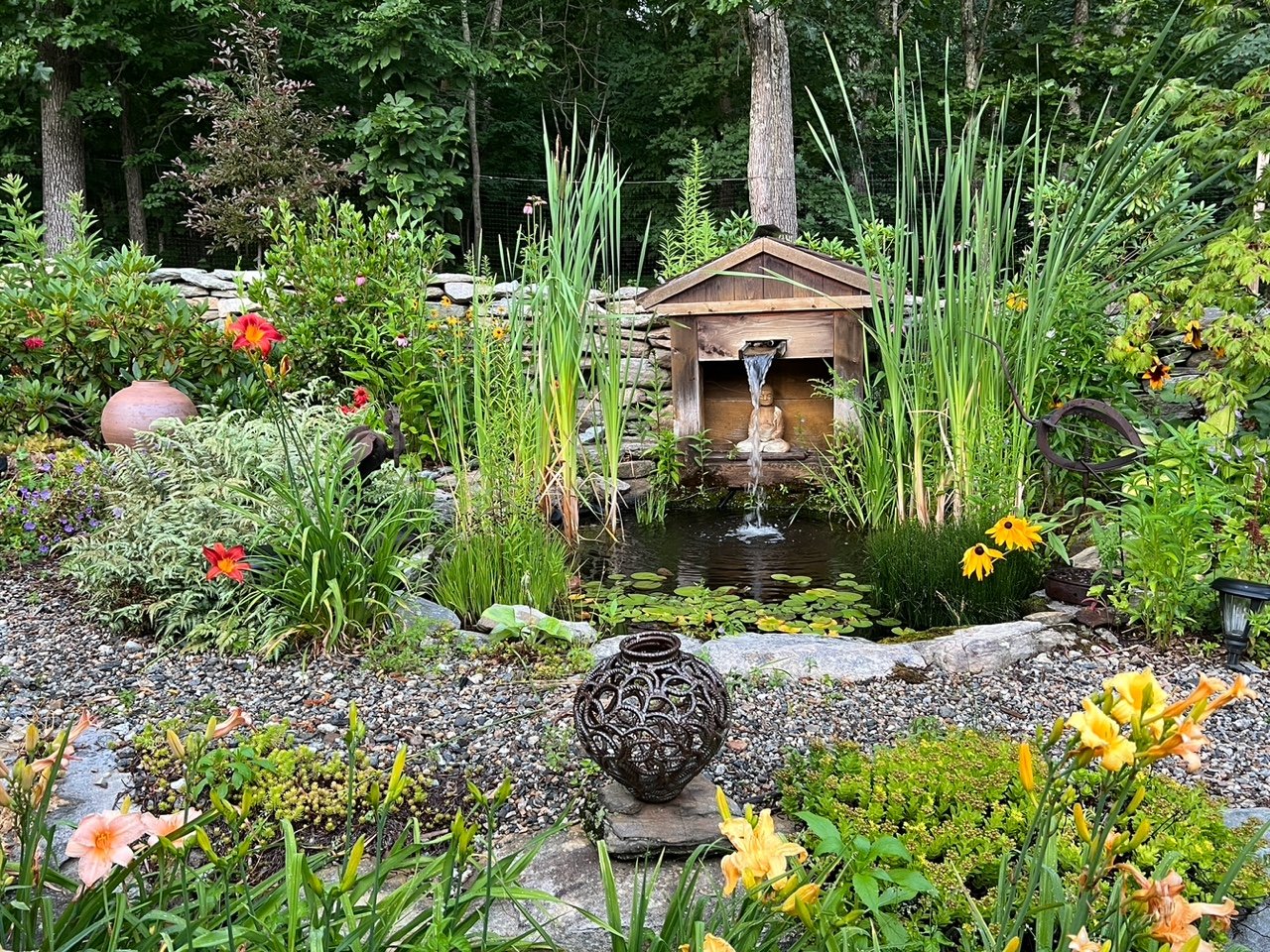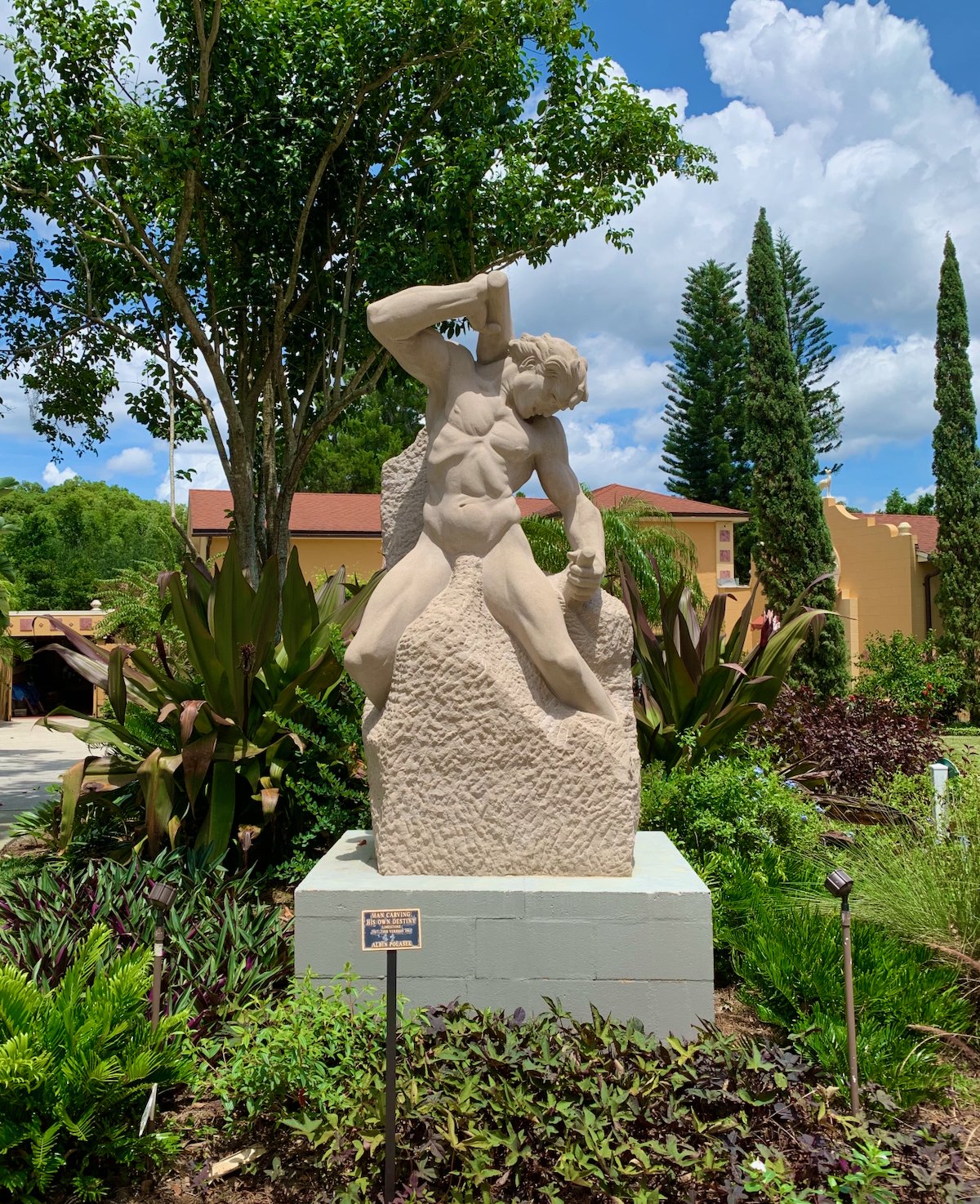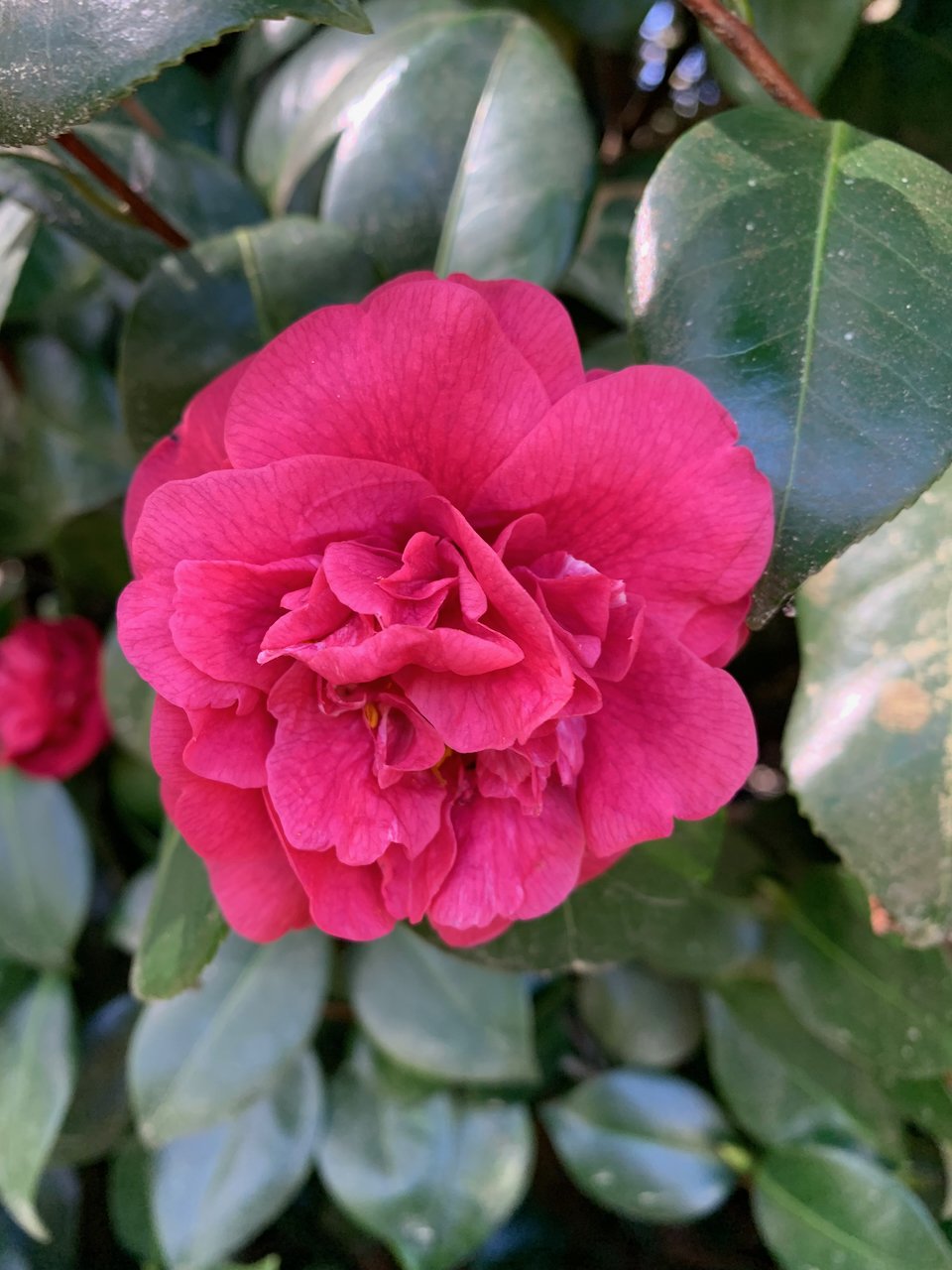NEW LANDSCAPES ENRICH VISITOR EXPERIENCE
The 17 acres of Longwood Reimagined also enrich the relationships between the Conservatories, new and old, and the wider landscape beyond, elevating the visitor experience throughout. In the character of Longwood’s historic landscape, trees provide the armature for moving to and among these new destinations in a variety of ways.
The Central Grove
This new grove lies between the Main Conservatory and the West Conservatory, featuring an allée of ginkgo trees and understory of Lenten Rose and Christmas fern. Guests stroll this inviting space to access the Cascade Garden, the Bonsai Courtyard, and the Waterlily Court.
The Waterlily Court and Arcade
The revitalized Waterlily Court, first opened in 1957 and renovated in 1989 by Sir Peter Shepheard, is now restored and framed by a new arcade designed by WEISS/MANFREDI, bringing renewed focus to this unique collection. This central haven brings together the collection of tropical gardens including the Orchid House, Waterlily Court and Cascade Garden, bridging both the historic and contemporary gardens.
Conservatory Overlook
A new Conservatory Overlook opened in May 2024 offers sweeping views of the Main Fountain Garden and its summer fountain shows from the broad stone step seating. A 700-foot-long promenade follows an allée of Yellowwood and Elm trees that stretch along the ridge, leading guests to the West Conservatory Plaza, where century-old London plane trees frame views of the iconic Brandywine Valley landscape.
Orchid House
In February 2022, Longwood reopened its beloved, historic Orchid House, revealing stunning new floral displays within a hundred-year-old structure that has been thoroughly restored. Returned to its original configuration, a gracious new vestibule welcomes visitors and keeps temperatures steady while seamlessly integrating into the Main Conservatory. The Orchid House now exhibits 50 percent more orchids throughout the year from Longwood’s collection, which is recognized as one of the most important in the world.
A NEW HOME FOR THE 1906 RESTAURANT
Longwood’s popular fine-dining restaurant, 1906, has a new, larger space hidden in plain sight that will elevate Longwood’s offerings in culinary arts to the same level of excellence as its horticultural displays. WEISS/MANFREDI has created a gracious new space by carving behind the historic Main Conservatory’s original retaining wall, creating a vaulted space with generous windows looking out on the iconic Main Fountain Garden. Antique Bronze vaulted mirrors on the opposite side of the room ensure that all guests enjoy views of the Garden wherever they are seated. Outside, a 500-foot-long flowering herb garden attracts pollinators and celebrates the culinary program of the 1906 restaurant and event space beyond.
WEISS/MANFREDI’s thoughtfully designed details include custom furniture that creates an elegant space and atmosphere throughout 1906. The vaulted ceiling, which features a basketweave design, was inspired by the water jets of the Main Fountain Garden. Bespoke rugs installed throughout the space evoke the color and textures seen beneath Longwood's tree canopy, and a custom design mural on the west wall translates the soft morning light in Longwood's Meadow Garden. Selected furnishings were built by hand from wood harvested from fallen trees at Longwood by the Challenge Program, a nonprofit organization located in Wilmington, Delaware.
THE GROVE: EDUCATION AND ADMINISTRATION
Longwood Gardens’ new administrative office hub, The Grove, is built from the foundation of an obsolete building. Now an illuminated nexus of activity and programming, the Grove includes classrooms, office spaces, conference rooms, library, and archive.
ABOUT LONGWOOD GARDENS
In 1906, industrialist Pierre S. du Pont (1870-1954) purchased a small farm near Kennett Square, PA, to save a collection of historic trees from being sold for lumber. Today, Longwood Gardens is one of the world’s great horticultural displays, welcoming 1.6 million guests annually and encompassing 1,100 acres of dazzling gardens, woodlands, meadows, fountains, a 10,010-pipe Aeolian organ, and grand conservatory. Expanding on its commitment to conservation, in 2024 Longwood Gardens acquired the 505-acre Longwood at Granogue, a cultural landscape in nearby Wilmington, Delaware. Longwood Gardens is the living legacy of Pierre S. du Pont, bringing joy and inspiration to everyone through the beauty of nature, conservation, and learning. Open daily during the holiday seasons and every day except Tuesday during the rest of the year, Longwood is one of more than 30 gardens in the Philadelphia region known as America’s Garden Capital. For more information, visit longwoodgardens.org.




































